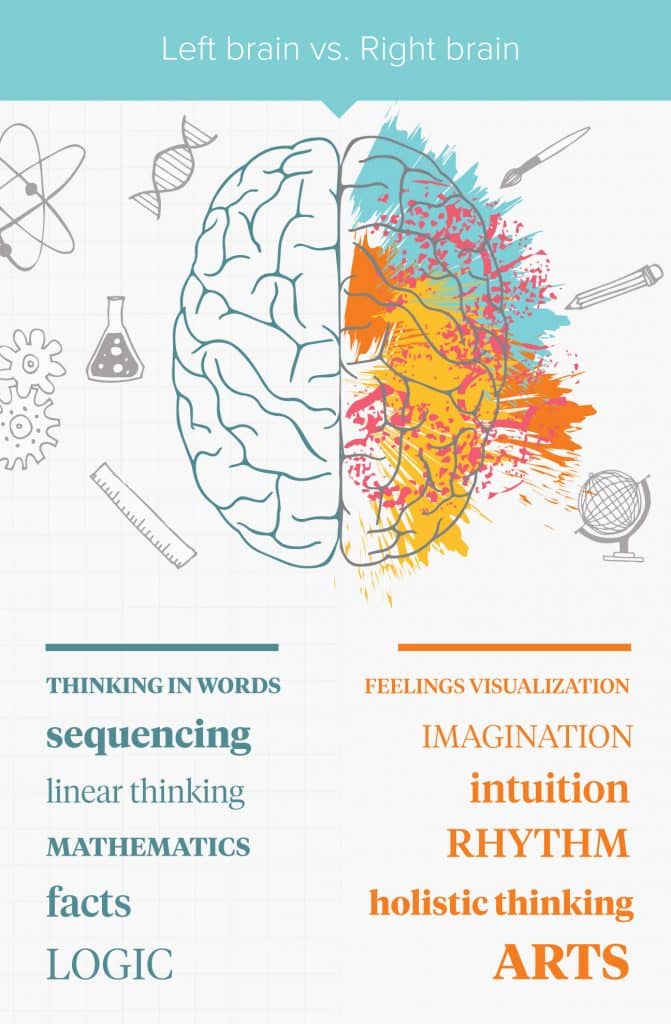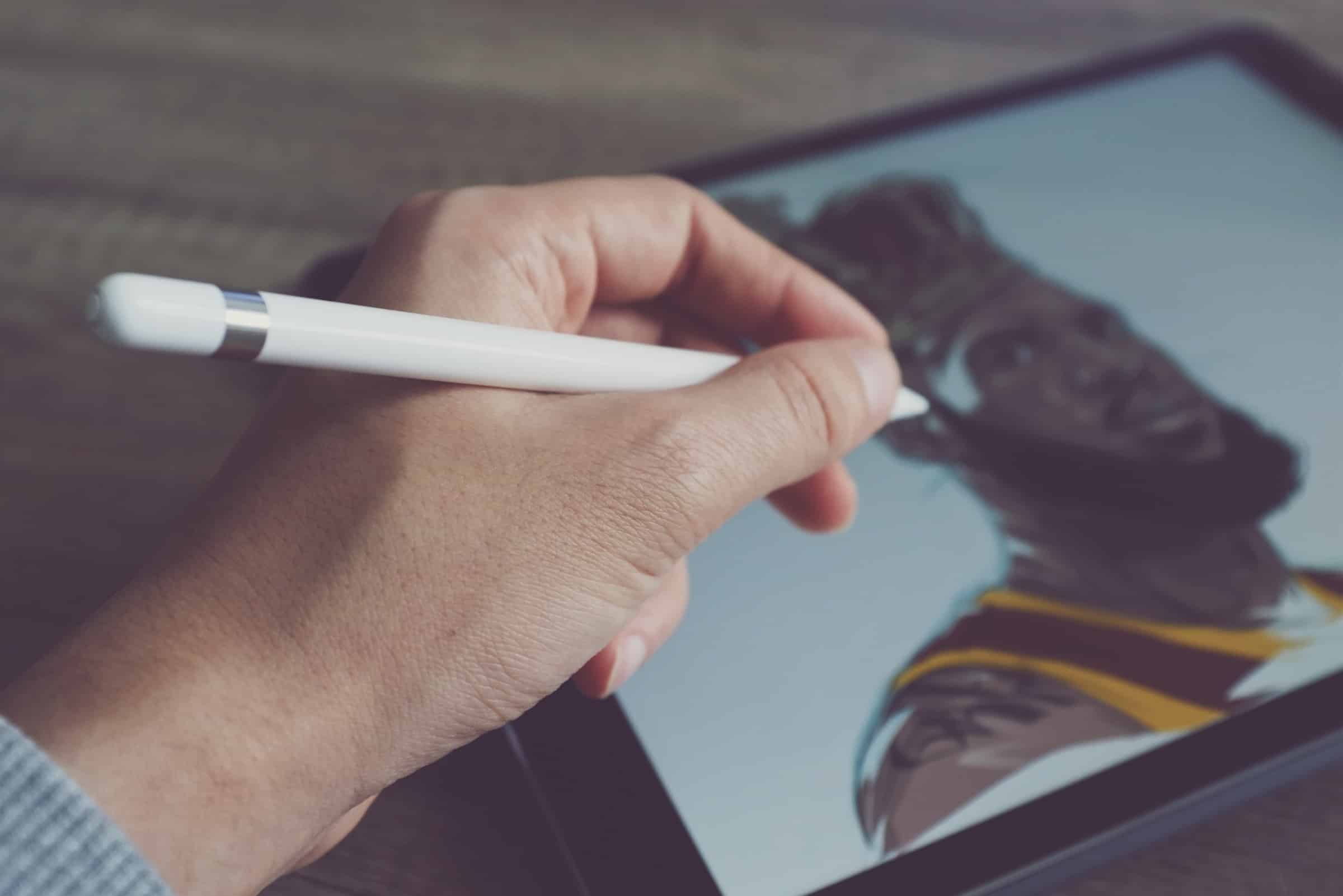Hello, fellow lefties! I’m Jason. If you are one of the 708 million people in the world who use your left hand more than your right, you might be interested in some of the latest scientific findings about left-handedness.
As a left-hander, I have to say that we sometimes face little difficulties in the world, mostly adapted to right-handers. Despite that, we tackle them out and find our own ways.
In this post, I will share eight facts you may not know about being a left-hander.
1. Left-handers have a genetic advantage when it comes to language.
A recent study found that left-handers have more symmetrical brain structures that allow for faster and more efficient communication between the brain’s two hemispheres, especially in the regions that process language.
This could explain why many left-handers are fluent speakers and writers.
2. Left-handers are more creative and artistic than right-handers.

This is because the right side of the brain, which controls the left side of the body, is also responsible for musical and spatial abilities. Many left-handers have excelled in the fields of sport and arts, such as Leonardo da Vinci, Jimi Hendrix, and Barack Obama.
(Righties, this doesn’t mean you are not creative. It really varies from person to person, right?)
3. Left-handers are more likely to be men than women.
According to a meta-analysis of 144 studies, there is a 2 percent increase in left-handedness in men compared to women. The reasons for this are not well understood, but hormonal or societal factors might play a role.
However, excluding me, there are three left-handed girls I know who are relations. and my girlfriend is also left-handed!
4. Left-handers have an edge in sports that involve interaction with opponents, such as boxing, fencing, and water polo.
This is because their actions are more surprising and unpredictable to their right-handed rivals, which are used to facing mostly right-handers. Left-handed athletes often score more goals, shots, or hits than right-handers.
5. Left-handers share their traits with animals such as cats and dogs.
A meta-analysis of paw preferences in cats and dogs showed that about 36 percent to 46 percent of cats and 31 percent to 53 percent of dogs were left-pawed. This shows that left-handedness is not something that is unique to humans but can be observed in other species as well.
6. Left-handers have a higher risk of developing some health conditions.
That includes psychotic disorders, breast cancer, and dyslexia. This could be due to genetic or environmental factors that affect brain and body development. However, these risks are not deterministic and can be influenced by many other variables.
7. Left-handers can learn to use their right hand for some tasks if they need to.
For example, many left-handers use their right hand to use scissors, play guitar, or operate a computer mouse (Not true for me! LOL) . However, I can bat and bowl with any hand. This is because they adapt to a world that is mostly designed for right-handers.
8. Left-handers have their own day to celebrate their uniqueness and raise awareness of their challenges.
Every year, on August 13th, International Left-Handers Day is celebrated around the world with events, activities, and campaigns that honor and support the lefties in history, pop culture, and our everyday lives.
I hope you enjoyed reading my post and learned something new about being a left-hander. If you are a lefty yourself, be proud of your trait and embrace your differences.
If you are a righty, be respectful and curious about your left-handed friends and family members. Remember that diversity is what makes us human and interesting.
So If you are a leftie, comment below- I’d like to know fellow lefties on KN!
And if you are a rightie, tell me your idea about my post
YOUR COMMENTS ARE HIGHLY VALUED!
Have a nice day, friends!
Jason







